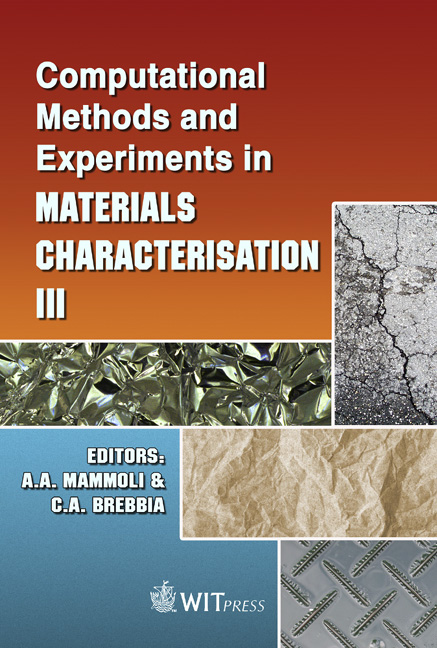Seismic Damage Assessment Of Steel Components
Price
Free (open access)
Transaction
Volume
57
Pages
10
Published
2007
Size
491 kb
Paper DOI
10.2495/MC070391
Copyright
WIT Press
Author(s)
A. Benavent-Climent
Abstract
This paper discusses a new approach to the assessment of damage in structural steel components under cyclic inelastic loading stories of the type experienced in earthquakes. The approach is based on a new damage model proposed by the author. It is shown that the seismic performance of a steel component depends on two structural performance parameters: b and m. The parameter b is influenced by the material properties, the prevailing loading condition and the geometry of the steel component. The parameter m reflects the influence of the structural system, hysteretic behavior and characteristics of the earthquake. This approach takes into account that the cumulative damage—in addition to being affected by the total amount of dissipated energy, the maximum deformation and the number and amplitude of the cycles of deformation—is also path-dependent. Keywords: damage model, fatigue, seismic damage, steel component. 1 Introduction The great damage caused by recent earthquakes, such as Northridge (1994) or Kobe earthquakes (1995), has highlighted that code design for life safety does not protect adequately the structure adequately against damage; performance goals other than life safety (e.g. damage control) must be taken into account explicitly in the seismic design of new structures (performance-based seismic design). In the field of earthquake engineering, there is an increasing trend toward employing damage as a measure of seismic performance in the assessment and design of structures [1-3]. To this end, accurate damage models that take into account cumulative damage effects (cumulative models) are needed for quantifying realistically the expected damage under different design earthquakes. These models can also provide the basis for judging the safety of existing structures and reference for retrofit decision making.
Keywords
damage model, fatigue, seismic damage, steel component.





